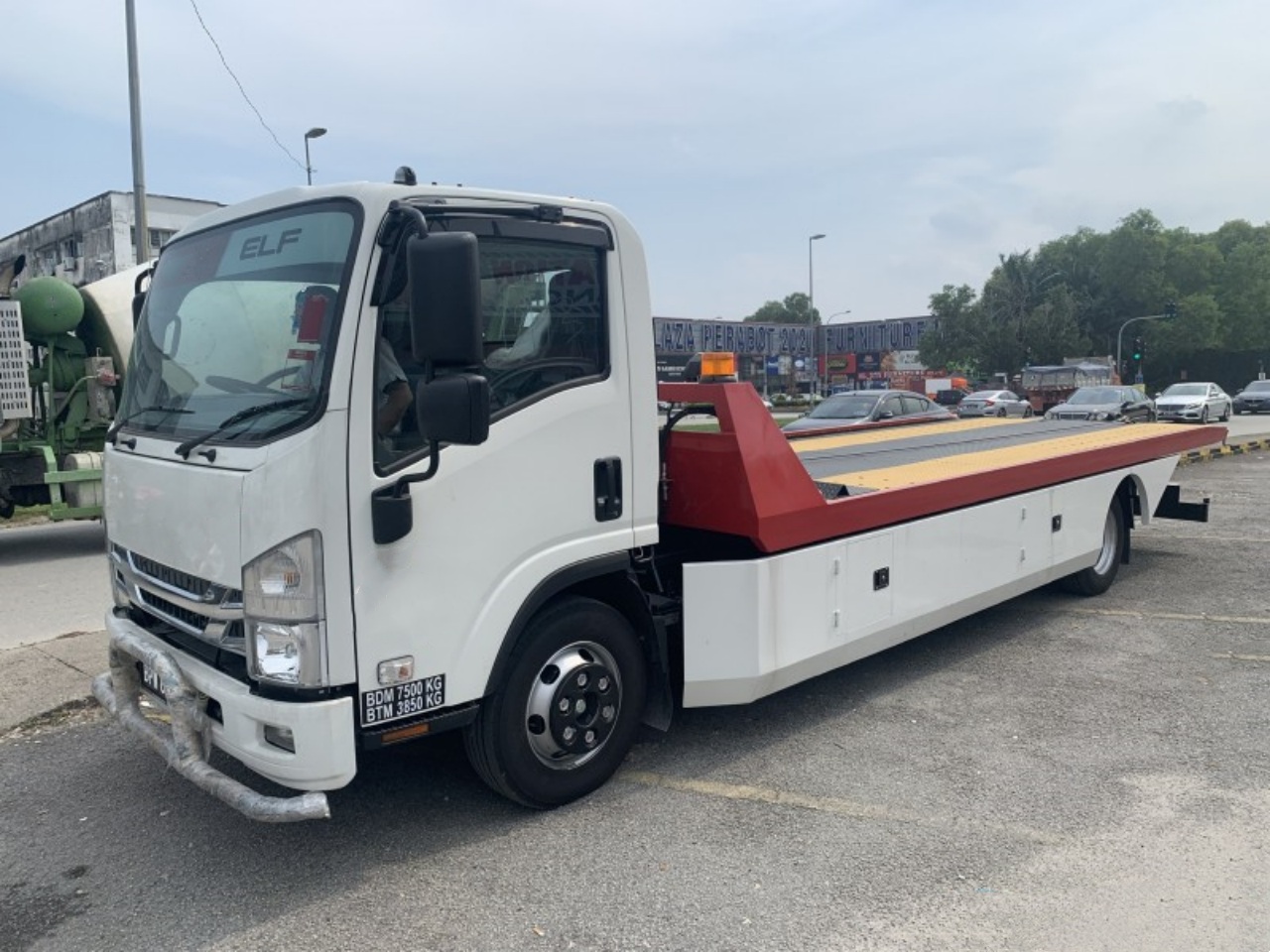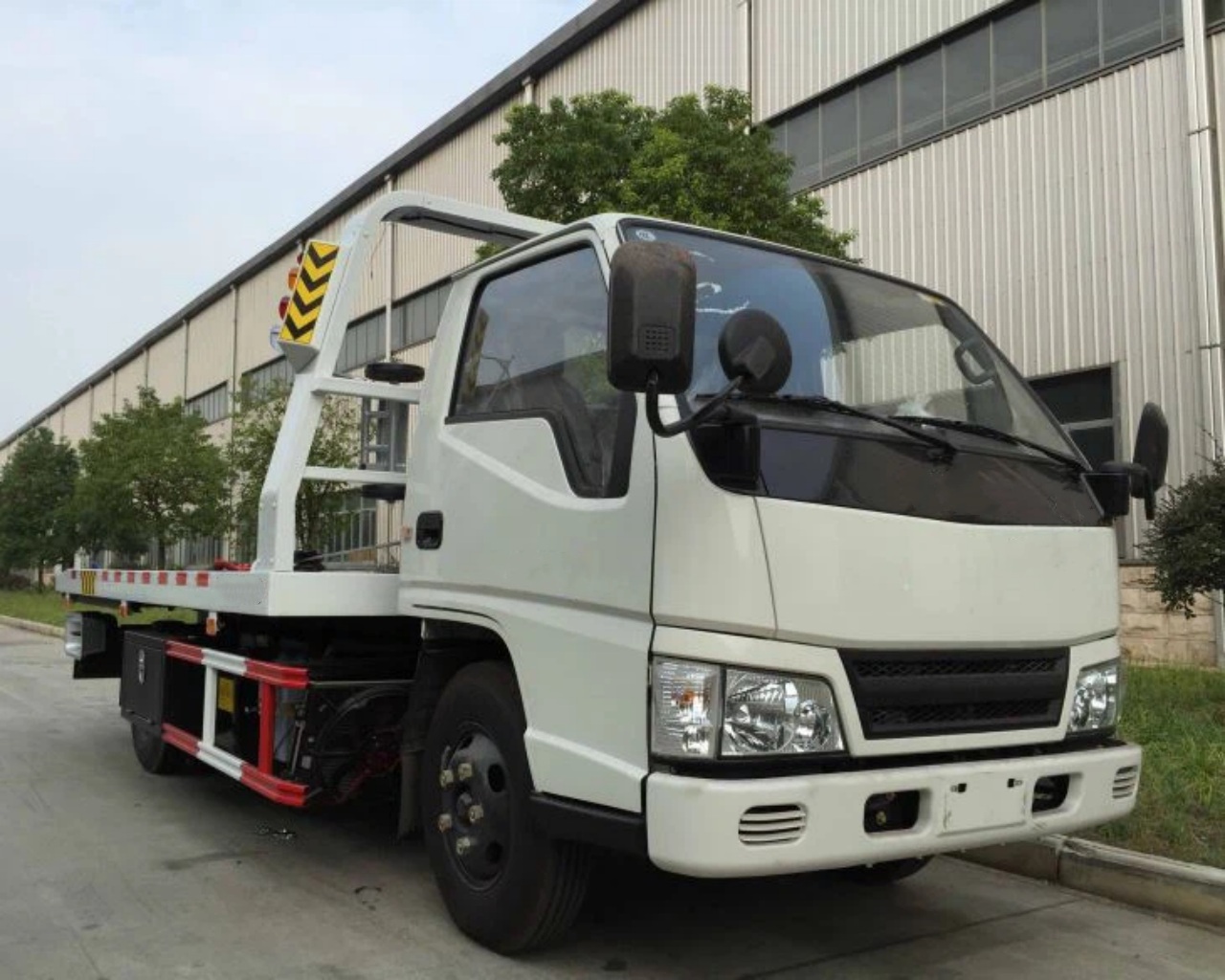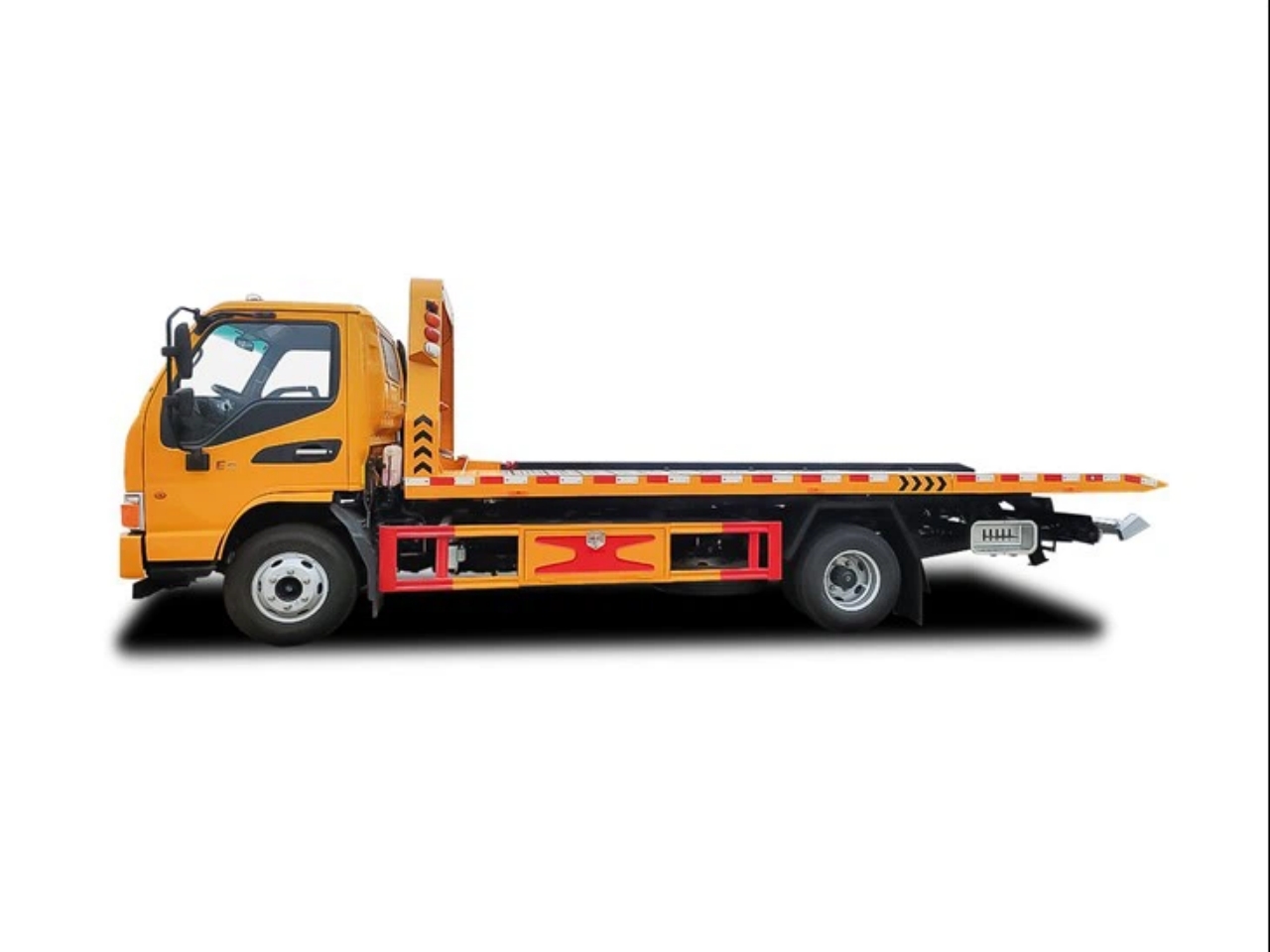Transporting vehicles efficiently and safely is a crucial aspect of the automotive industry. Whether you’re a car dealership, a rental agency, or an individual in need of moving a vehicle, carrier tow trucks play a pivotal role in ensuring that vehicles reach their destination without a scratch. In this comprehensive guide, we will explore carrier tow trucks, their types, uses, benefits, and key considerations to ensure efficient vehicle transport.
Understanding Carrier Tow Trucks
Carrier tow trucks, also known as flatbed tow trucks or rollback tow trucks, are a specialized type of vehicle used for transporting other vehicles. They are equipped with a flatbed or platform on the back, which can be tilted or lowered to the ground for easy loading and unloading of vehicles. These trucks have become an indispensable part of the towing and transport industry due to their versatility, safety, and efficiency.
Types of Carrier Tow Trucks
1. Conventional Flatbed Tow Trucks: These are the most common type of carrier tow trucks. They feature a simple flatbed that can be tilted to create an inclined plane for loading and unloading vehicles. They are suitable for a wide range of vehicles, including cars, SUVs, and smaller trucks.
2. Hydraulic Flatbeds: Hydraulic flatbed tow trucks are equipped with a hydraulic system that allows for easy and precise tilting of the flatbed. This feature is particularly useful when loading low-clearance vehicles or those with limited mobility.
3. Wheel-Lift Tow Trucks: Although not entirely flatbed carriers, wheel-lift tow trucks use a hydraulic arm with a cradle to lift the front or rear wheels of the vehicle off the ground. These trucks are often used for towing cars with damaged axles or wheels.
4. Multi-Car Carriers: Multi-car carriers are an advanced type of carrier tow truck designed to transport multiple vehicles simultaneously. They are commonly used by car transport companies and auto dealerships to move several vehicles at once.

The Benefits of Carrier Tow Trucks
1. Enhanced Vehicle Safety: Carrier tow trucks offer one of the safest methods for transporting vehicles. The flatbed design ensures that the transported vehicle is completely off the ground and securely fastened, reducing the risk of damage during transit.
2. Versatility: These trucks can transport a wide variety of vehicles, from compact cars to larger SUVs and trucks. The flexibility in loading and unloading makes them suitable for different types of vehicles.
3. Reduced Wear and Tear: Traditional tow trucks that lift a vehicle’s front or rear wheels off the ground can cause additional wear and tear, especially on all-wheel-drive or four-wheel-drive vehicles. Carrier tow trucks eliminate this issue by keeping all wheels off the ground.
4. Quick and Efficient: Loading and unloading vehicles using carrier tow trucks is a swift process. This efficiency is crucial for businesses that need to transport vehicles regularly.
5. Minimized Risk of Accidents: With the flatbed lowered to the ground, there is less risk of accidents during the loading and unloading process. It eliminates the need for vehicles to be pulled onto a traditional tow truck‘s bed, which can be a precarious process.

Considerations for Efficient Vehicle Transport
Efficient vehicle transport involves careful planning and adherence to best practices. Here are some essential considerations to ensure a smooth and efficient operation when using carrier tow trucks:
1. Proper Securement: Ensure that the vehicle being transported is securely fastened to the flatbed. Use high-quality straps, chains, or wheel nets to prevent shifting or movement during transit.
2. Weight Capacity: Carrier tow trucks have weight limits, and it’s crucial to stay within these limits to ensure safe transport. Exceeding the capacity can lead to accidents or damage to the tow truck.
3. Loading and Unloading: Follow proper loading and unloading procedures to minimize the risk of accidents or damage to the transported vehicle. This includes ensuring that the flatbed is level, using appropriate ramps, and having a clear understanding of the vehicle’s dimensions.
4. Vehicle Inspection: Before loading a vehicle onto the carrier tow truck, conduct a thorough inspection to document any existing damage. This documentation can be essential for insurance purposes and prevents disputes regarding responsibility for any new damage during transport.
5. Licensing and Insurance: Ensure that the carrier tow truck operator has the necessary licenses and insurance coverage. This is essential for legal compliance and provides peace of mind in case of unforeseen incidents.
6. Route Planning: Plan the transportation route carefully, considering factors such as road conditions, traffic, and weather. Choose the most efficient and safest route to minimize transit time and risks.
7. Communication: Maintain clear communication between the tow truck operator and the destination point. This ensures that someone is ready to receive the vehicle upon arrival and that any special instructions are followed.
8. Regular Maintenance: Keep carrier tow trucks in excellent working condition through regular maintenance. Well-maintained trucks are less likely to break down during transit, causing delays and potential damage to vehicles.

Conclusion
Carrier tow trucks are the backbone of efficient vehicle transport. Their versatility, safety features, and capacity to transport a wide range of vehicles make them indispensable in the automotive industry. By understanding the types, benefits, and best practices associated with carrier tow trucks, businesses, and individuals can ensure that their vehicles are transported safely and efficiently, whether across town or the country. Prioritizing safety, proper securement, and adherence to regulations are key to successful vehicle transport with carrier tow trucks.









